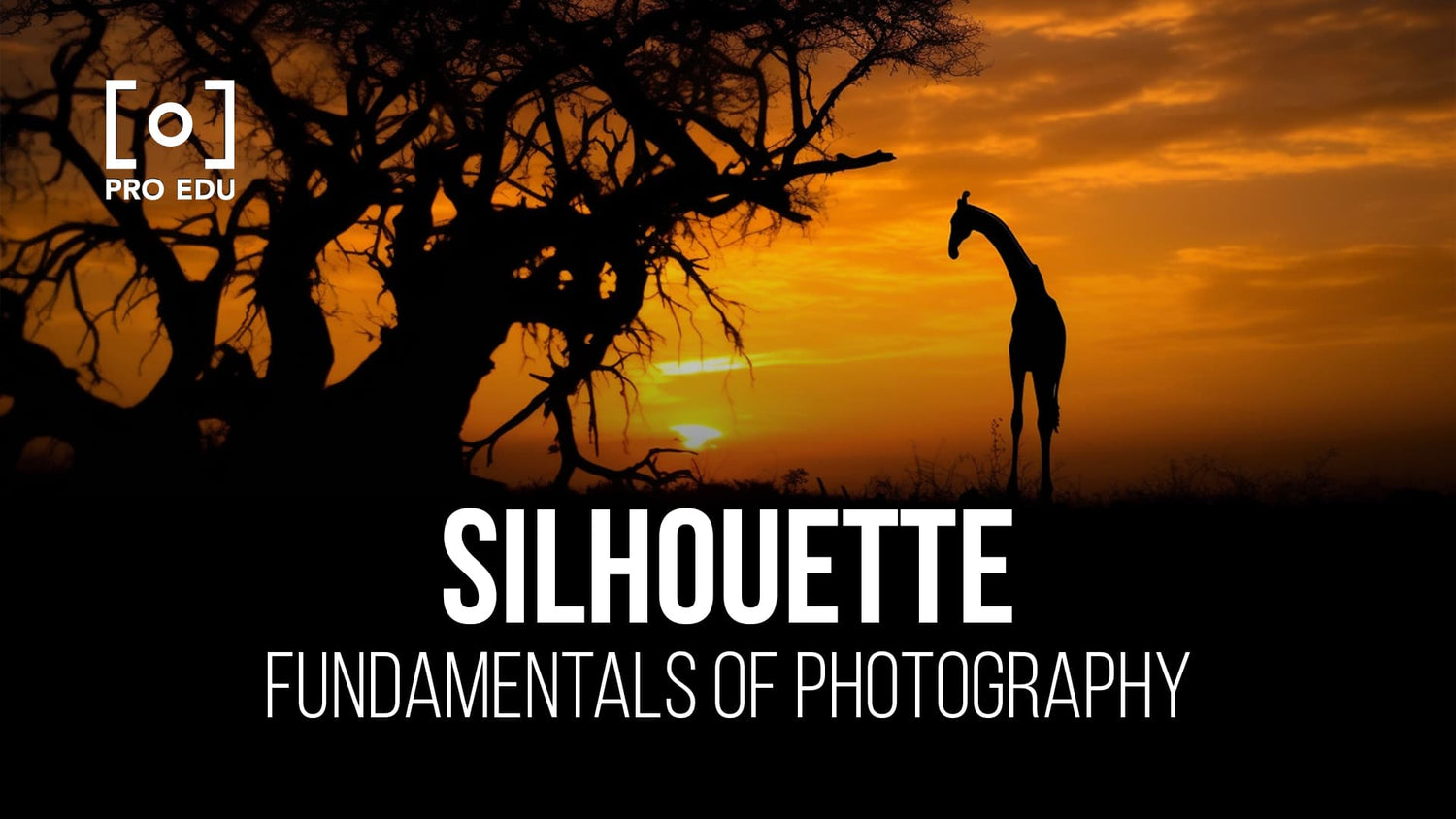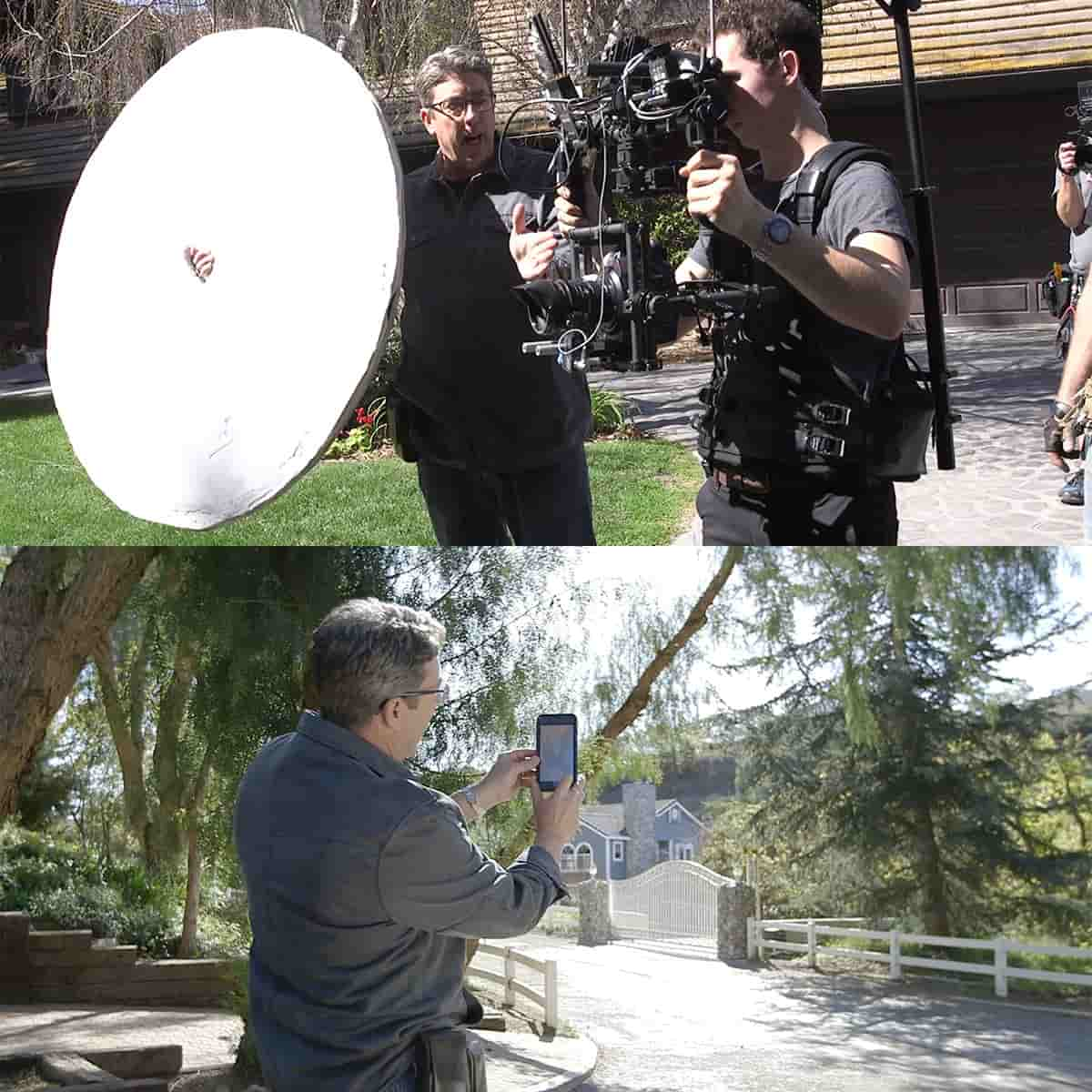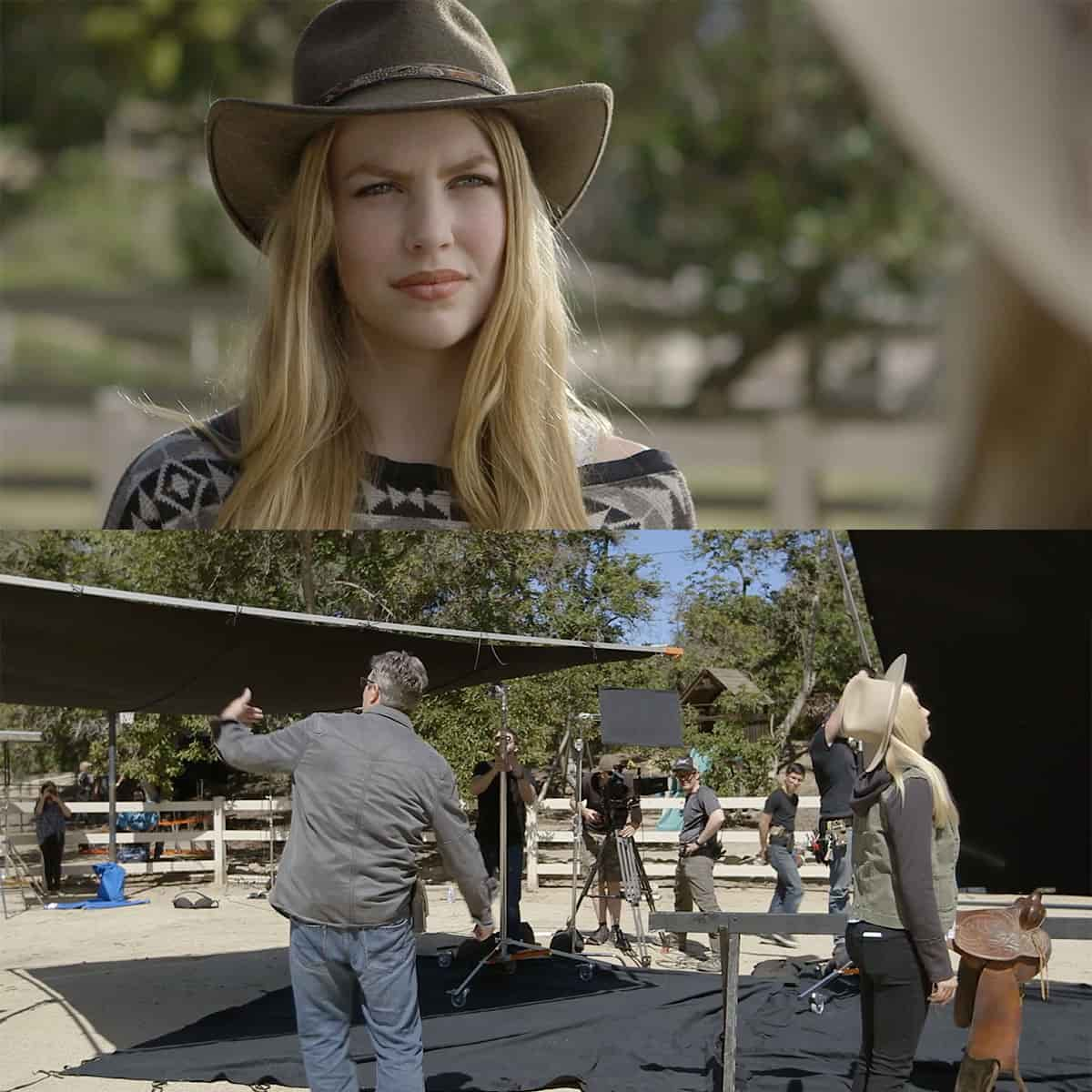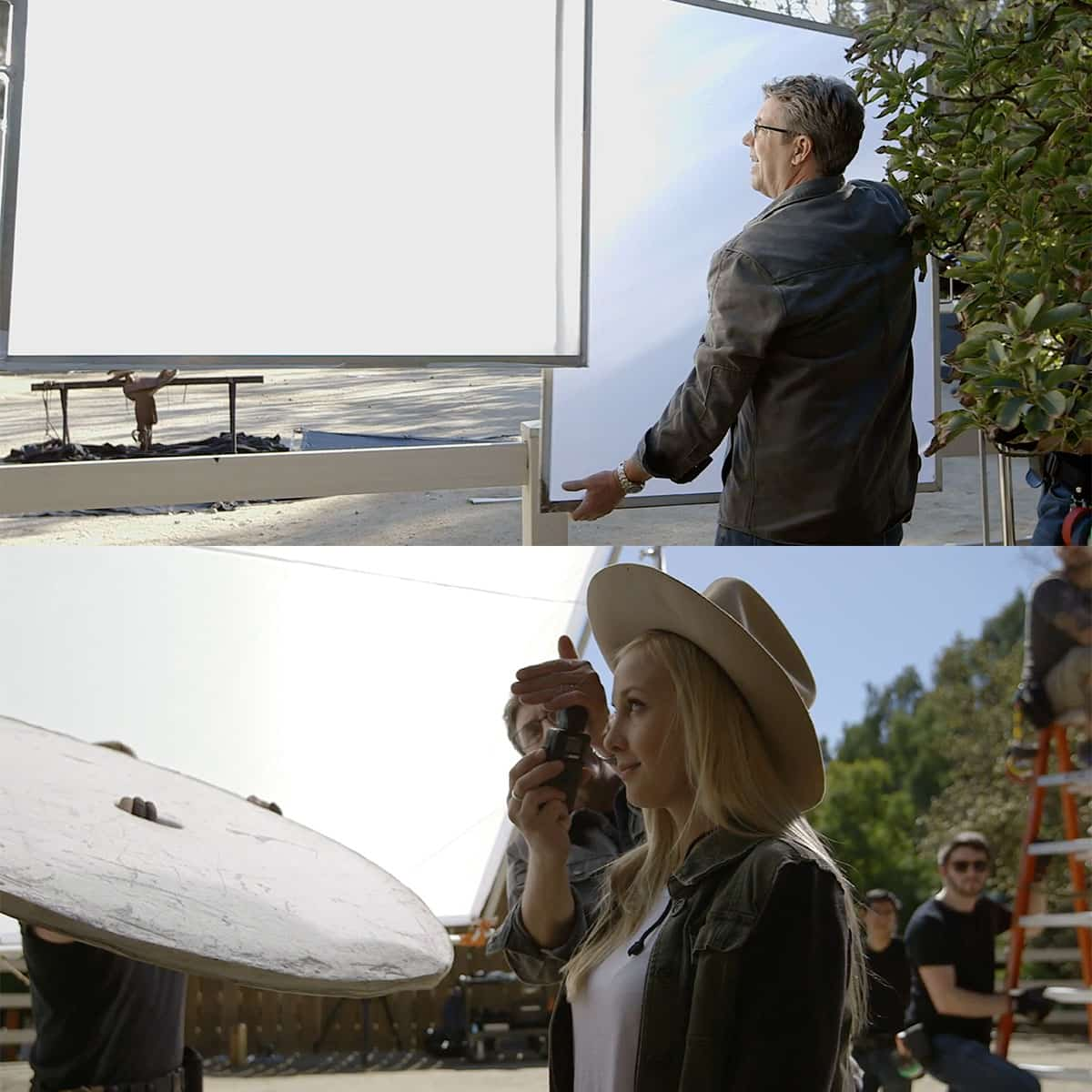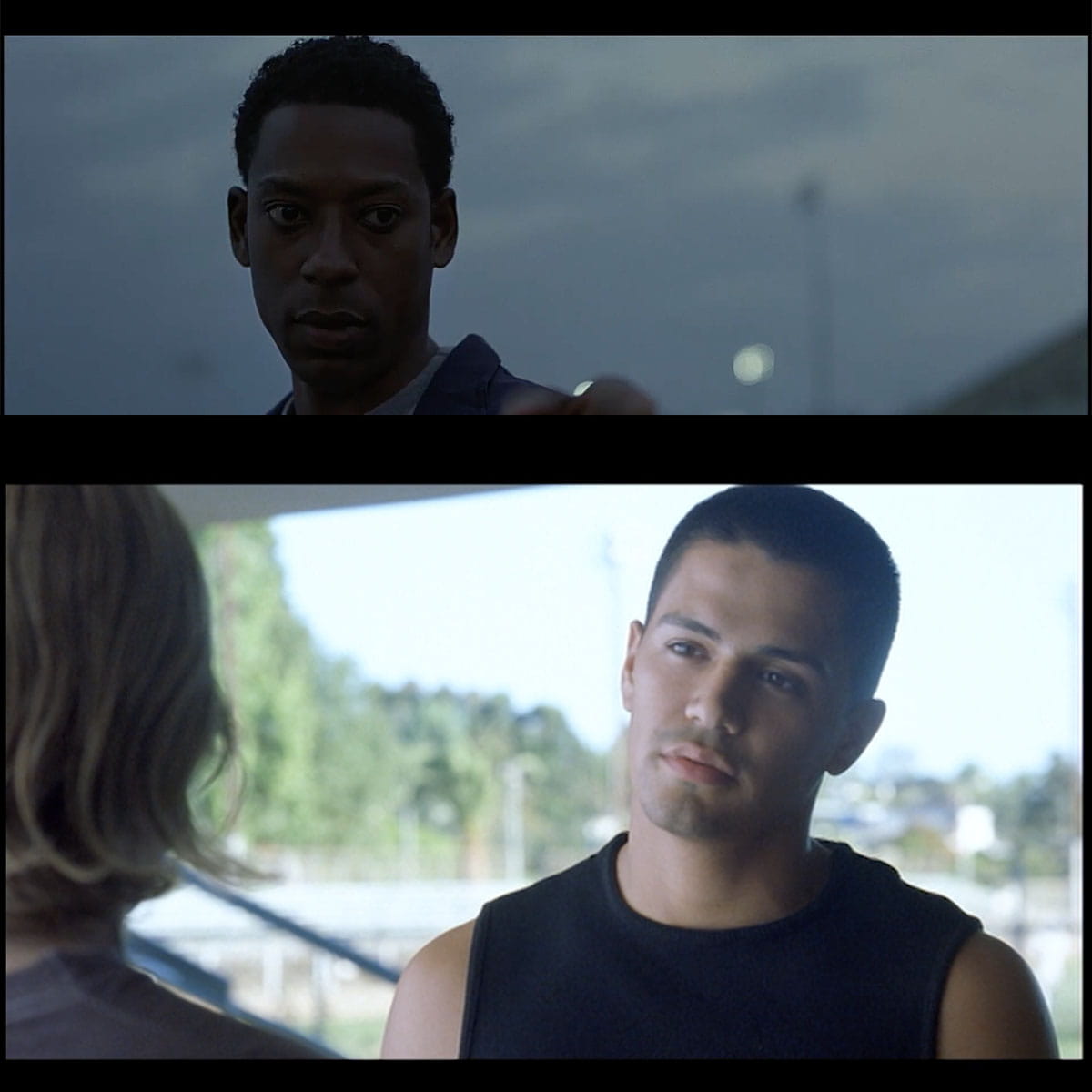Silhouette Photography: Crafting Dramatic Images with a Splash of Creativity
Silhouette photography is an incredible way to capture the essence of a subject while evoking drama, emotion, and a sense of passion. By understanding the basics of this art form, photographers can create visually stunning images that leave lasting impressions on viewers.
To achieve an engaging silhouette photograph, the artist must master the art of composition, find the perfect lighting conditions, and learn to draw out the drama and emotion that comes from the interplay between light and shadow. Post-production skills and editing techniques are also integral to enhancing the final image and refining the photographer's unique vision.
Key Takeaways
- Mastering composition and lighting is essential for impactful silhouette photography
- Capturing drama and emotion adds depth and engagement to images
- Post-production techniques help refine the photographer's vision
Understanding the Basics of Silhouette Photography
Silhouette photography is an effective way to create dramatic images emphasizing the shape and contours of a subject. The key to mastering this technique is to understand the balance between your subject, light, and background.
First, let's talk about choosing a subject. This can be any object, person, or landscape. The goal is to create a sharp contrast between the subject and the background, where the subject appears dark or black. Remember, the best silhouettes are often created using easily recognizable subjects or subjects with interesting shapes.
The most crucial element in silhouette photography is lighting. Typically, a very bright light source should be placed behind the subject to create dark, sharp outlines. Commonly used light sources are the sun during sunrise or sunset, studio lights, or even streetlights. Ensure the light source is directly behind your subject to achieve the desired effect.
Camera settings play a vital role in capturing stunning silhouettes. It's essential to use manual mode and control the aperture and exposure settings to create the desired contrast. In general, a smaller aperture (higher f-number) and faster shutter speed will help darken the subject. You can also manually set the exposure settings, ensuring the brightest areas of your image are not overexposed.
To create a successful silhouette, consider the background. Using a clean and clutter-free background helps emphasize the subject and adds to the drama. You'll find that contrasting colors between the subject and background also enhance the overall impact of the image. Experimenting with different backdrops can lead to some incredibly creative and breathtaking silhouette images.
By understanding these fundamentals of silhouette photography and practicing, we can take powerful and eye-catching photos that capture the viewer's attention and evoke strong emotions. Remember, this technique's versatility opens up endless possibilities for any photographer to create memorable images.
Mastering the Art of Composition
In silhouette photography, composition plays a vital role in crafting dramatic images. Let's explore some essential elements that contribute to strong compositions.
Negative space enhances the visual impact of your subject. By leaving ample space around the main subject, we draw attention to it and create a sense of balance.
Balance is achieved by distributing visual elements evenly. Combining bold silhouettes with negative space ensures harmony in the overall composition.
The rule of thirds is a technique that helps position your subject off-center. By placing the subject along imaginary intersecting lines, we create more dynamic images.
Incorporating framing enhances the depth of the scene. We can use natural frames, like trees or doorways, to lead the viewer's eye towards the subject.
Pay attention to shape and form when planning your composition. The silhouettes should be recognizable or interesting to evoke emotion in the viewer.
Contrast is crucial in silhouette photography. We can create stronger images by capturing high-contrast scenes with a bright background and dark subjects.
Finally, keeping the composition simple allows the viewer to focus on the main subject. Eliminate unnecessary visual distractions to maintain clarity and impact.
Capturing the Perfect Light
When it comes to silhouette photography, capturing the perfect light is essential to create dramatic images. The key here is the exposure—by exposing for a bright background and allowing your subject to be in shadow, you can achieve striking silhouettes. One way to find the perfect light is through backlighting, where you place the subject between your camera and the light source.
Ideal times for photographing silhouettes are during sunrise and sunset, often referred to as golden hours. These periods offer warm, soft light and beautiful gradients that bring out the best in silhouette photos. Aim to shoot at these times to take advantage of the contrast between light and shadow.
While natural light is often the go-to choice, don't be afraid to experiment with different light sources and artificial light. For example, you can create dramatic silhouettes using a bright lamp or even the glow of a TV screen. Just make sure to appropriately expose for the light source, keeping your subject in shadow.
By understanding and working with these lighting principles, we can craft visually stunning and dramatic silhouette photos. Remember to be patient, as finding the perfect light may take some time and practice.
Creating Drama and Emotion
When it comes to silhouette photography, our main goal is to craft dramatic and emotionally impactful images. To achieve this, we need to master the art of storytelling and convey mood through our compositions. As photographers, we utilize various techniques to create powerful and awe-inspiring shots.
One essential element to consider in silhouette photography is the manipulation of light and contrast. By positioning our subjects in front of a light source, we can underexpose them to create powerful silhouettes. This technique helps us create drama, as the stark contrast between light and shadow evokes emotion and tells a story.
Utilizing shadows as compositional elements can also add depth and intrigue to our street photos, as mentioned in this Shotkit article. Shadows create mysterious shapes, which can add layers of emotion and meaning to our images. This way, we enhance the storytelling aspect and contribute to the overall mood.
Another important strategy is coaching expressions. As seen in this SLR Lounge piece, it is crucial to guide our subjects to convey the desired emotions. Directing expressions helps bring emotion to the forefront, thus elevating the emotional impact of our photographs.
In summary, we can craft dramatic and emotional images in silhouette photography by focusing on storytelling, manipulating light and contrast, using shadows as compositional tools, and guiding our subjects' expressions. These techniques come together to create visually striking and emotionally evocative photographs.
Editing and Post-Production
When working on silhouette photography in post-production, it is essential to start with RAW files. This format allows for greater flexibility when adjusting elements such as exposure compensation and white balance.
After importing your images into Photoshop, focus on refining the exposure and contrast to create a striking silhouette. It's common to darken the shadows and increase the highlights to emphasize the subject's shape and form.
When adjusting white balance, remember that silhouette photographs often showcase warm tones in the sky which can create a powerful contrast with the dark subject. Adjusting the white balance can further enhance this effect and make your images more dramatic.
Editing tools such as filters can enhance your silhouette images. For instance, using a graduated filter can help even out and emphasize the color gradients in the sky. Additionally, you may experiment with filters to accentuate the mood or atmosphere you want to convey in your image.
Remember, post-production is an opportunity to refine and perfect your silhouette photography. Be creative and confident in your editing to achieve stunning and dramatic results.
Practical Tips for Silhouette Photography
To create stunning silhouette images, it's essential to keep a few key factors in mind. We'll be guiding you through some practical tips that will help you improve your silhouette photography skills.
Use the right settings: Adjusting your camera settings is crucial for capturing the perfect silhouette. Maintain a low ISO to reduce noise and achieve a darker silhouette effect. Additionally, using a fast shutter speed will help in preventing any motion blur in your images.
Focus and metering mode: In silhouette photography, it's essential to have the correct focus on your subject to ensure a sharp outline. Use manual focus or single-point autofocus to achieve accurate focus. Select the spot metering mode to capture the exposure for your background, rather than the subject itself.
Consider a tripod: Stability is essential when capturing silhouettes, especially in low-light conditions. Make use of a tripod to keep your camera steady and reduce camera shake.
- Composition techniques: Experimenting with different compositions can lead to more dynamic and interesting silhouette shots. Incorporate elements like texture and depth to create compelling and attention-grabbing photographs.
We hope these tips help you in your journey to create breathtaking silhouette photographs. Remember always to experiment and practice to refine your skills.
Frequently Asked Questions
How can I achieve the perfect lighting for silhouette photography?
For the ideal lighting in silhouette photography, we recommend embracing the golden hours. The magical ambiance created by the soft, warm glow of the sun shortly after sunrise and before sunset is perfect for crafting breathtaking silhouettes [^1^]. Ensure that your subject is backlit and positioned against a lighter background to enhance the contrast.
What are some popular techniques for creating dramatic silhouettes?
To create dramatic silhouettes, you can try techniques like using a strong light source behind the subject, positioning your subject against a bright sky or a lit window, and incorporating interesting shapes and actions in the composition. Moreover, experiment with different angles and perspectives to enhance visual interest in the image [^2^].
Who are some renowned silhouette photography artists?
Several talented photographers known for their silhouette photography include Darren Rowse, Steve Berardi, Craig Colvin, Darlene Hildebrandt, and Jaymes Dempsey [^3^]. Studying their work can give you valuable insights into capturing mesmerizing and emotionally evocative silhouettes.
How can I capture a silhouette photo using my Android phone?
To capture a silhouette photo with your Android phone, first, find a strong light source behind the subject. Then, tap the brightest point on your screen to set the focus and exposure. Adjust the exposure manually if necessary in order to darken the silhouette. Finally, take the photo and apply any necessary post-processing adjustments [^4^].
What camera settings are best for silhouette photography?
The ideal camera settings for silhouette photography vary depending on the lighting and conditions. Generally, we recommend using a low ISO to minimize noise, setting the aperture between f/8 and f/16 for sharpness and depth of field, and adjusting the shutter speed as needed to properly expose the background without the subject becoming too bright [^5^].
How can the use of silhouettes convey emotion and story in a photograph?
Silhouettes can evoke feelings and emotions by capturing a subject's outline in a dramatic or mysterious way [^6^]. The lack of facial expression and focus on movements, posture, and body language allows the viewer to interpret the story and emotions within the image. In addition, the strong contrast between light and shadow adds a sense of depth and atmosphere, enhancing the overall impact of the photograph.


